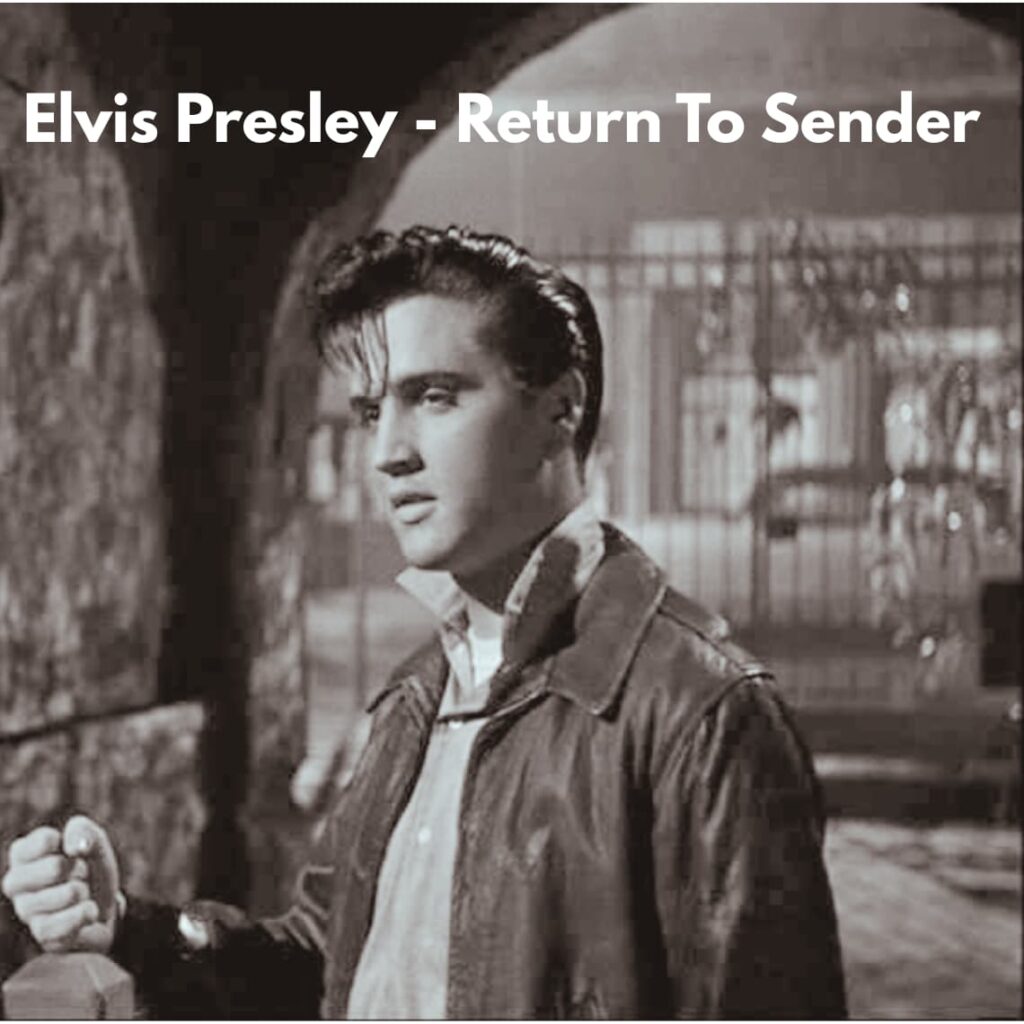
The Enduring Heartbreak of a Misdirected Love Letter
Ah, now here’s a tune that takes us back, doesn’t it? A catchy little number from the King himself, Elvis Presley, that, for many of us, became an instant classic. We’re talking about “Return to Sender,” released in October 1962, a song that quickly sealed its place in the popular consciousness. It was a massive hit on both sides of the Atlantic, soaring to number 1 on the UK Singles Chart and even becoming the UK’s Christmas number one that year. Over here in the States, it was almost as dominant, peaking at a strong number 2 on the Billboard Hot 100, only held back by The Four Seasons’ “Big Girls Don’t Cry.” Still, it managed to clinch the top spot on rival charts like Cash Box and Music Vendor, proving its widespread appeal. It even crossed over to the R&B charts, reaching number 5, a testament to Elvis’s broad reach. The track eventually went platinum, selling over a million units in the US alone – a truly monumental achievement.
The story behind “Return to Sender” is as straightforward and relatable as the song itself. Co-written by the prolific Otis Blackwell and Winfield Scott, it was penned specifically to suit Elvis’s rock and roll style, a conscious effort by his record company, RCA Victor, to bring him back to his rock roots after the more ballad-oriented “She’s Not You.” And it worked beautifully. The song was featured in Elvis’s 1962 film, Girls! Girls! Girls!, where he performs it in a memorable nightclub scene, even incorporating some of the popular “Twist” dance moves of the era.
But beyond the chart success and its cinematic tie-in, the true heart of “Return to Sender” lies in its simple yet profoundly resonant meaning. It’s a lament, isn’t it? A poignant tale of a love gone awry, a relationship fractured by a “lover’s spat.” The protagonist, filled with regret and longing, tries to bridge the chasm with letters, expressing his sorrow and desire for reconciliation. Yet, each attempt is met with a cruel, silent rejection: “Return to sender, address unknown / No such number, no such zone.” Imagine the ache, the frustration, the sheer helplessness of seeing your heartfelt apologies and desperate pleas returned, unopened, with those stark, impersonal postal markings. It’s a universal feeling, that sense of being shut out, of having your efforts to mend a broken bond utterly rebuffed.
For those of us who’ve lived a few decades, this song taps into a wellspring of memories. We recall a time when letters were the primary means of distant communication, when the arrival of the postman held a certain suspense, a promise of connection. And conversely, the sight of a letter returned, especially one from a loved one, carried a weight that a mere text message or email today could never convey. It spoke of finality, of an unbridgeable distance. Elvis, with his inimitable voice, perfectly captures that blend of earnest hope and dawning despair. He sounds determined, almost defiant, in his efforts (“This time I’m gonna take it myself / And put it right in her hand”), yet the underlying sadness is palpable. It’s the kind of song that makes you nod knowingly, perhaps even sigh, as you remember your own moments of unrequited gestures, of words left unread or unheard.
“Return to Sender” isn’t just a catchy tune; it’s a small, perfectly crafted narrative of heartbreak, delivered with the swagger and charm that only Elvis Presley could command. It reminds us that even the King, with all his charisma, could be vulnerable to the sting of a spurned lover, and that feeling, dear friends, is something truly timeless. It’s a snapshot of a moment in popular culture, yes, but also a timeless reflection on the universal experience of love lost and the quiet agony of unanswered pleas. And that, I believe, is why it still resonates so deeply with us today.